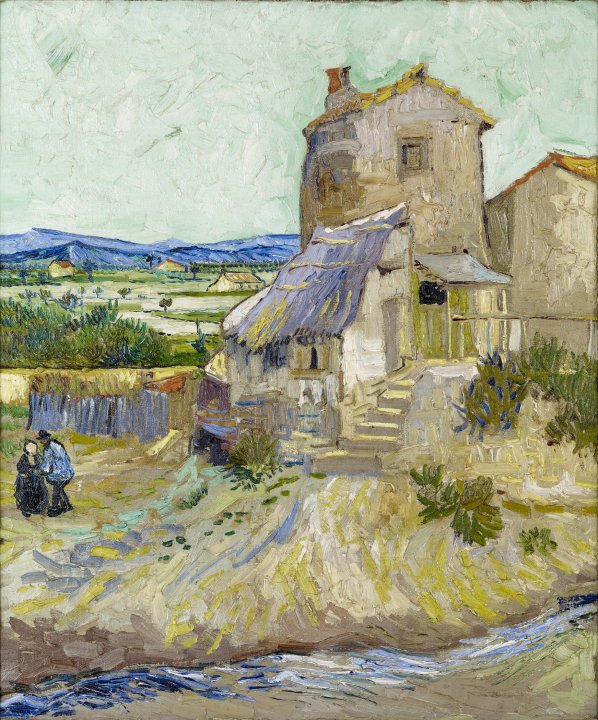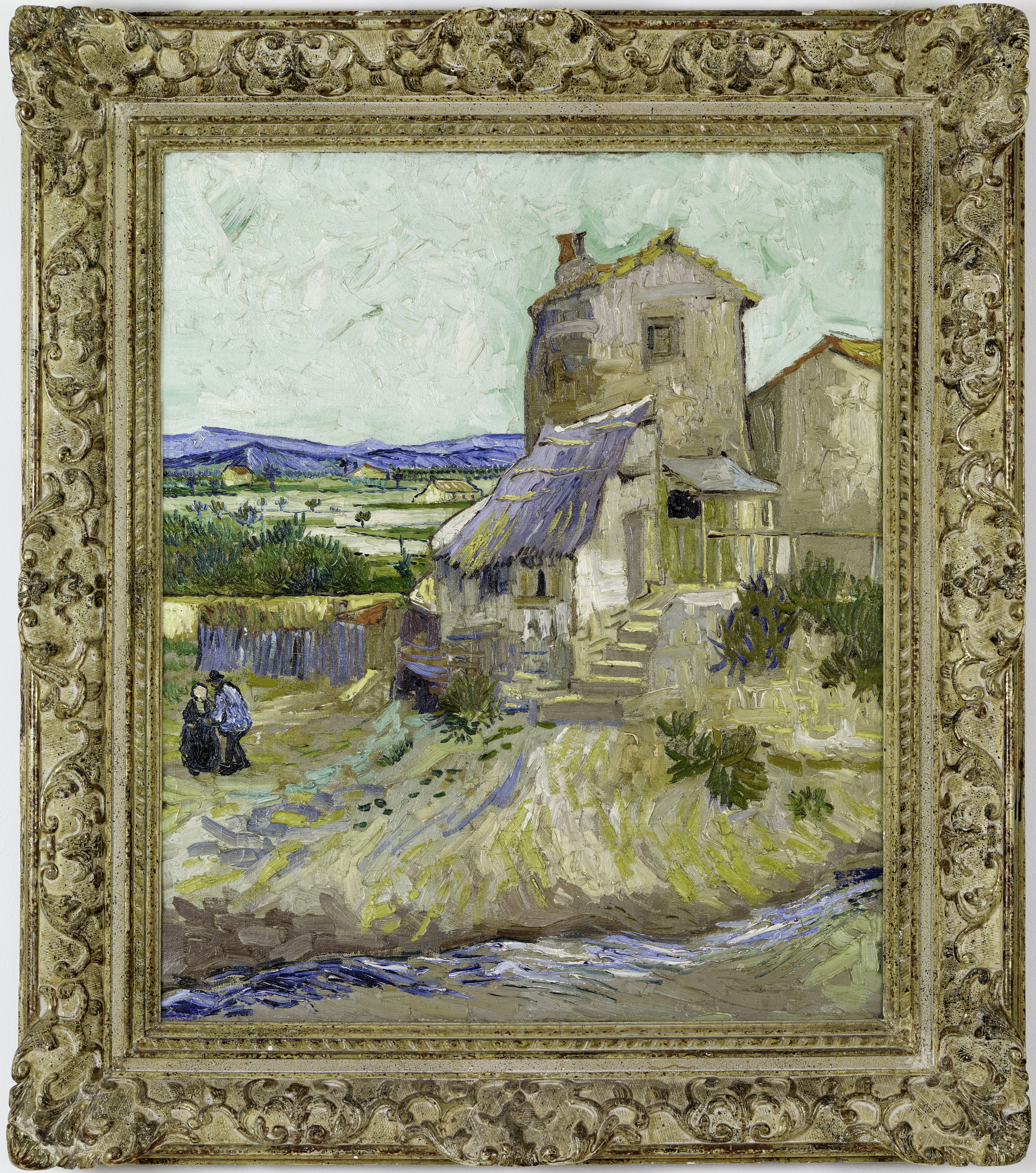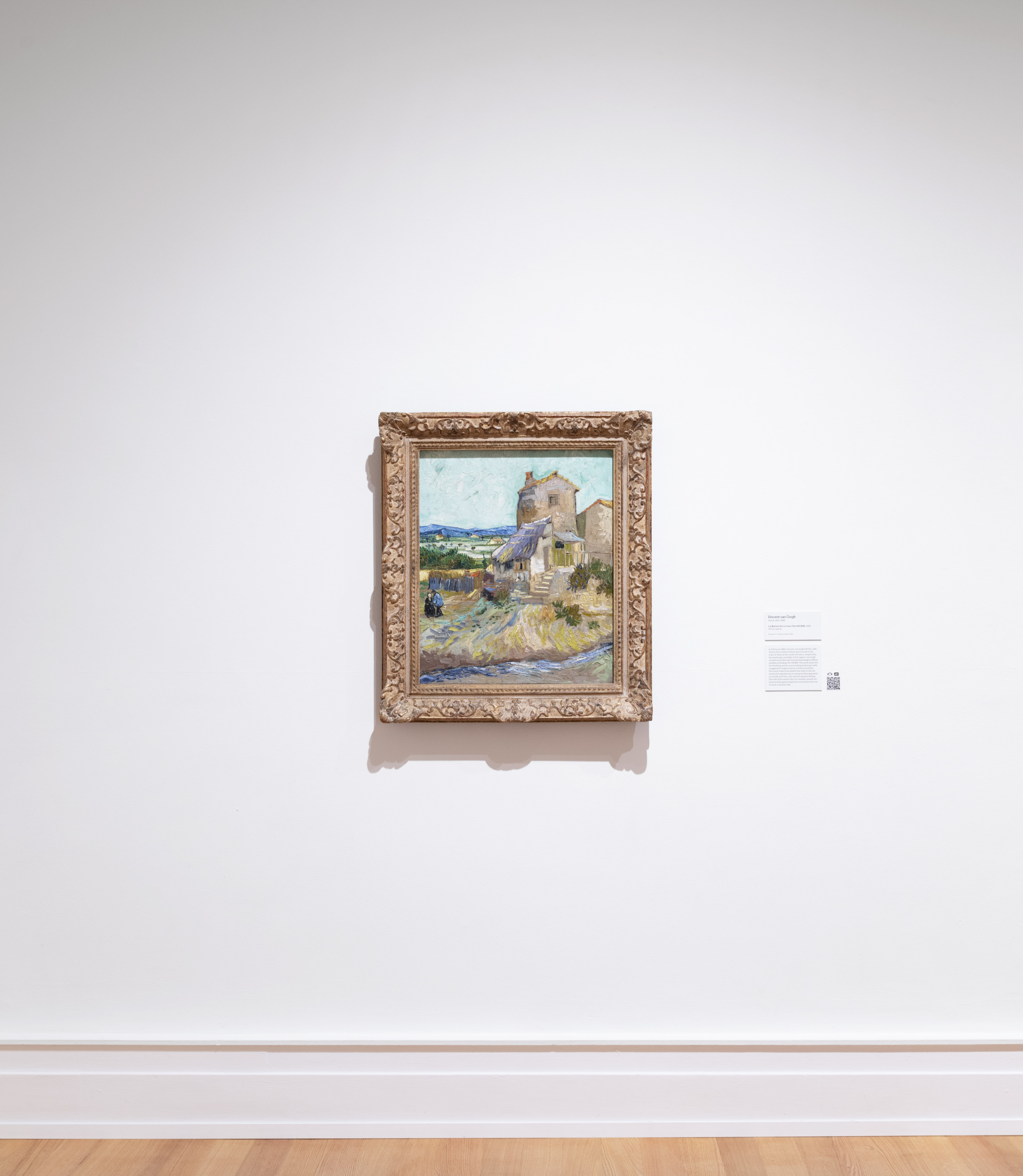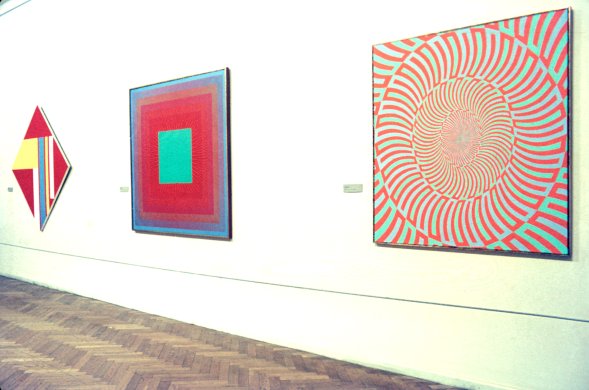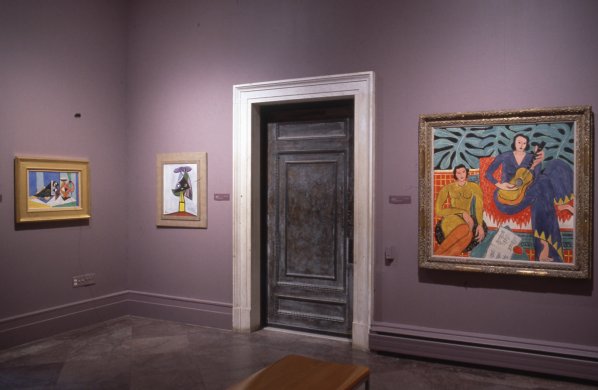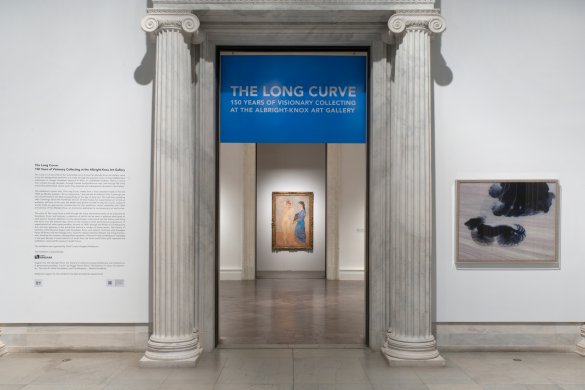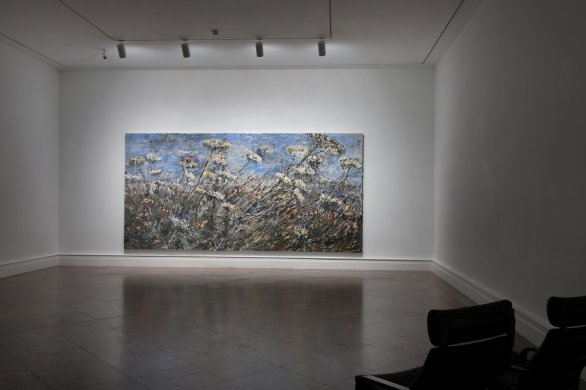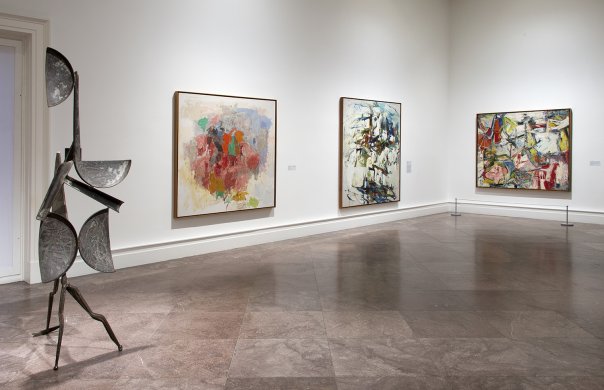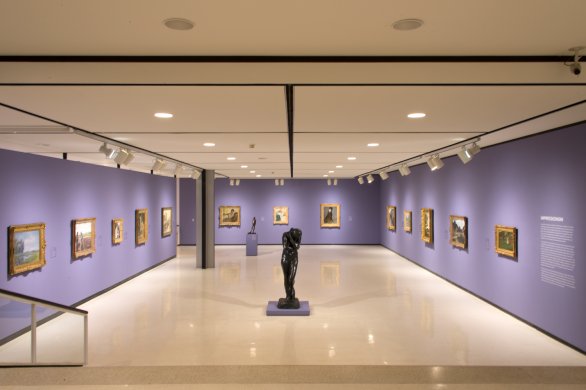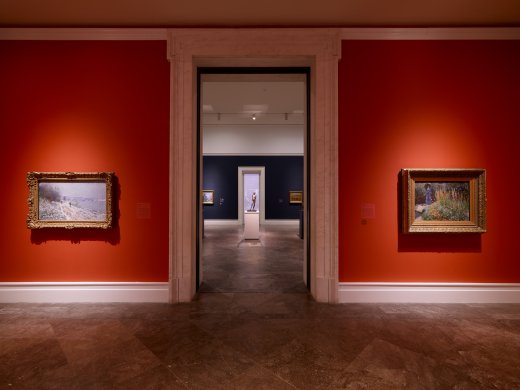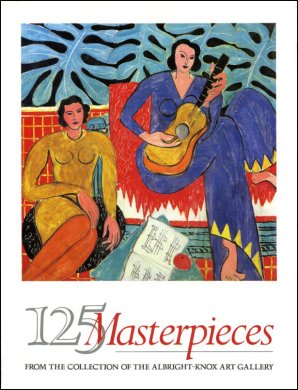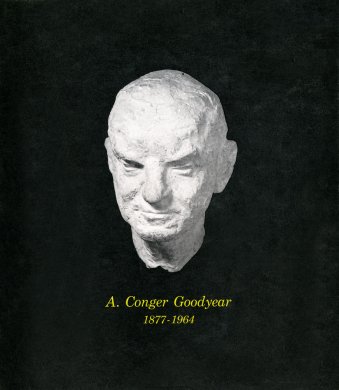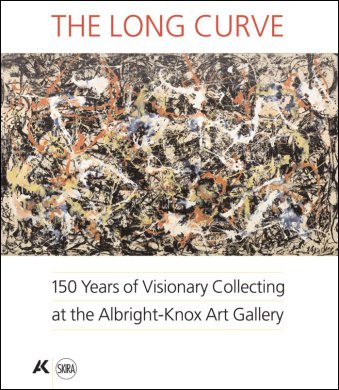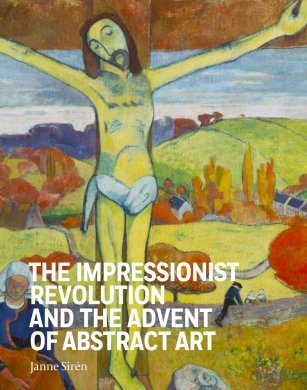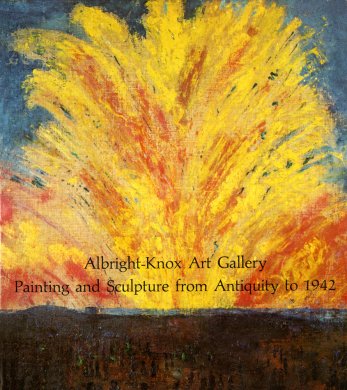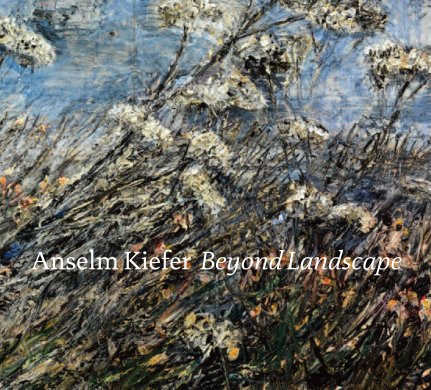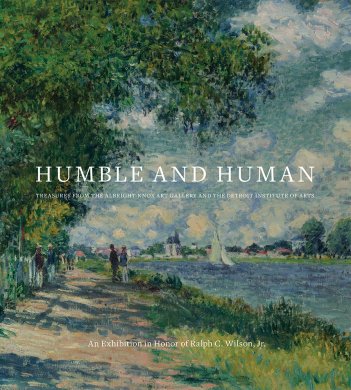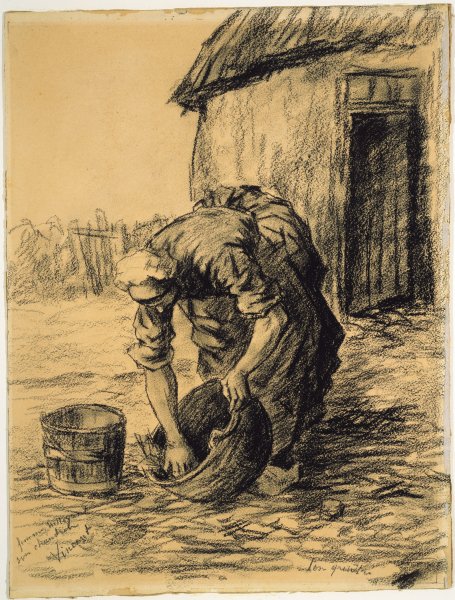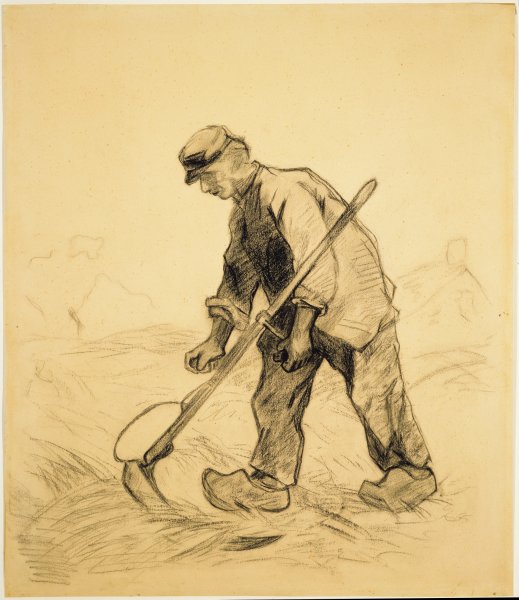Vincent van Gogh
Dutch, active in France, 1853-1890
La Maison de La Crau (The Old Mill), 1888
Artwork Details
Currently on View
Collection Highlight
Materials
oil on canvas
Measurements
support: 25 1/2 x 21 1/4 inches (64.77 x 53.975 cm); framed: 32 3/4 x 28 11/16 x 4 1/4 inches (83.18 x 72.87 x 10.8 cm)
Collection Buffalo AKG Art Museum
Credit
Bequest of A. Conger Goodyear, 1966
Accession ID
1966:9.22
In February 1888, Vincent van Gogh left the cold, dreary winter in Paris and moved to the town of Arles. There, inspired by the variegation and light of southern France, he created more than 200 paintings in 15 months, including The Old Mill. Van Gogh depicted the mill, popularly known as tabatière or Jonquet, using a thick application of paint, exaggerated angles, and vibrant effects. Van Gogh was one of the first artists to free color from a merely descriptive function. Objects did not have to be reproduced on the canvas as they were seen in real life. Instead, he used color to express his feelings about the subject. A lapis-painted mountain range against a sea foam sky represents his joy in the beauty, light, and warmth of the south. Although van Gogh was often criticized for working too quickly, the careful brushwork of this painting reveals otherwise; you can clearly see where he varied the direction of his paint to delineate different parts of the landscape. Van Gogh once wrote that he thought about each painting at length in advance, thus he could work fairly quickly when he finally began to paint. His response to criticism was, “When anyone says that such and such is done too quickly . . . they have looked at it too quickly.”
